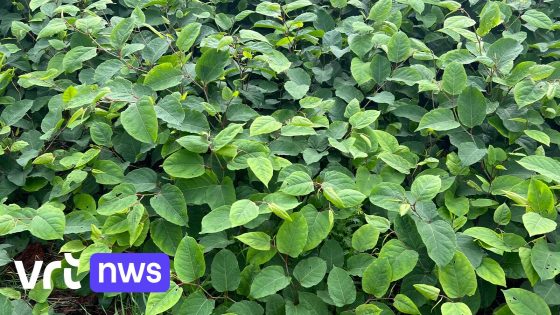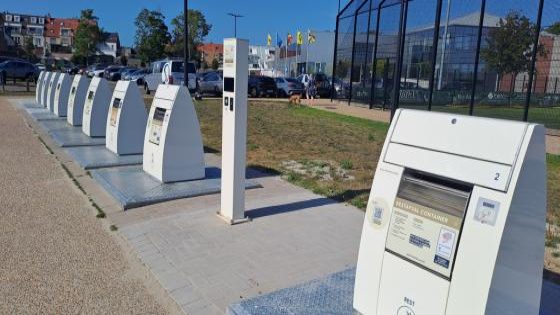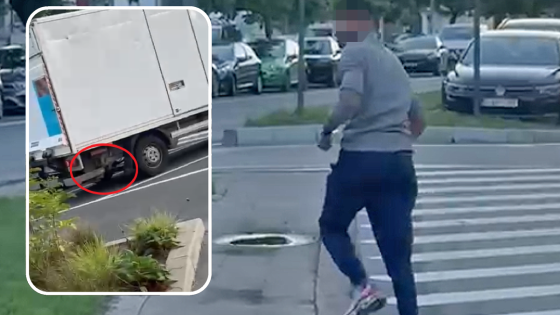The municipality of Pelt is launching a new trial project to combat the Japanese knotweed, a fast-growing invasive plant that threatens local ecosystems. This innovative approach combines electrocuting the plant with targeted pesticide use, aiming to control its spread more effectively.
- Gemeente Pelt start nieuw proefproject
- Bestrijdt Japanse duizendknoop met elektrocutie
- Combineert elektrocutie en pesticiden methode
- Japanse duizendknoop groeit snel en overwoekert
- Plant beschadigt gebouwen, wegen en riolering
Known for its aggressive growth, the Japanese knotweed can penetrate cracks in buildings, roads, and sewer systems, causing significant damage. On 2025-08-13 09:12:00, Pelt officials announced this project as a proactive step against the environmental and structural harm caused by this invasive species.
How can this method improve current control efforts? And what does it mean for Belgian communities struggling with Japanese knotweed? The answers lie in the trial’s results and potential wider application.
Why is this approach significant? Combining electrocuting with pesticides could enhance effectiveness by:
- Targeting the plant’s root system more deeply
- Reducing chemical use compared to traditional methods
- Limiting environmental impact on surrounding flora and fauna
- Potentially lowering long-term eradication costs for municipalities
As this project unfolds, Belgian communities should watch closely and consider adopting similar strategies. Could this be the breakthrough needed to finally keep Japanese knotweed in check? Time will tell, but the future looks hopeful.































